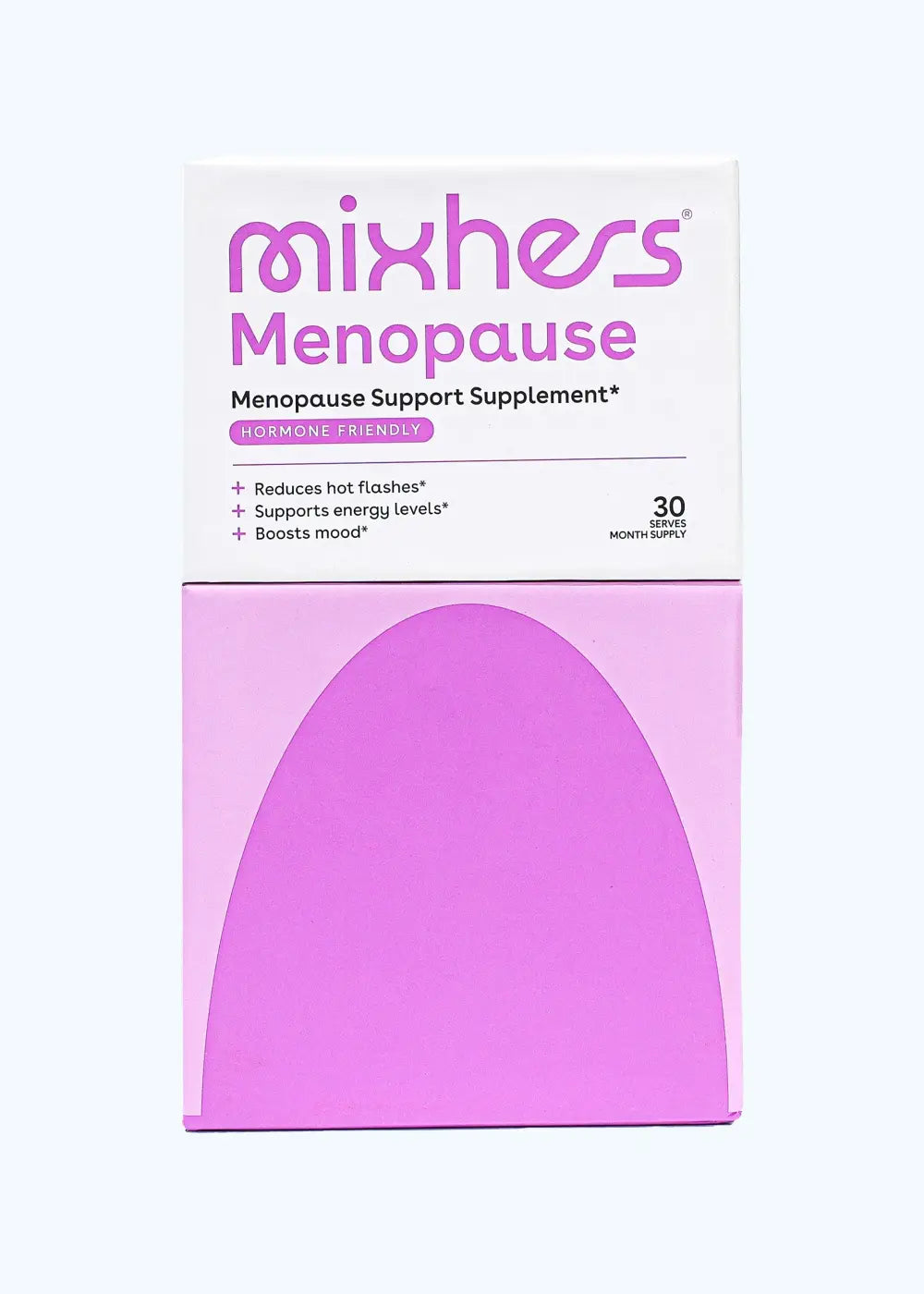Learning how to relax your pelvic floor muscles can be tricky at first, but becomes easier with practice. For women with pelvic floor dysfunction, it is especially important to learn how to identify and relax the correct muscles. Pelvic floor dysfunction is the inability to coordinate or relax the pelvic floor muscles when appropriate. This can cause some pretty uncomfortable problems when you need to urinate or have a bowel movement!
To successfully try pelvic floor relaxation, you first need to locate the right muscles. This can be pretty tricky the first time you try (especially if you have a weak pelvic floor), but you can do it! One way to find the muscles you’re looking for is to act like you’re trying to hold in your urine. Do you feel the squeeze along your pelvic floor? If you’re doing it right, you should feel a contraction from your pubic bone to your rectum.
To relax these muscles, you first need to contract them. That way you can identify where they are and concentrate on releasing any tension they may hold. If you have trouble relaxing your pelvic floor to use the bathroom or have intercourse, it’s especially important to learn how to relax those muscles at will.
Here is an effective pelvic floor exercise to try. It encourages lengthening of the pelvic floor muscles, which can bring tension release. To begin, lie down on your back on a comfortable surface (such as a yoga mat or a carpeted floor). Then, spread your knees apart (as if you’re getting ready for a gynecological checkup) and reach your hands between your legs to grab onto your ankles. You may have to lift your head off the floor to grab your ankles, but return it to the ground for the duration of the exercise.
Once you have a firm grip on your ankles, slowly draw your knees up toward your chest while keeping your feet together. While you’re in this position, focus on relaxing each pelvic muscle and all of your abdominal muscles.
Take a few minutes to do deep, diaphragmatic breathing. Imagine each breath sending soothing oxygen all the way down to the muscle fibers in your pelvic floor. Hold this position for a minute or two, then gently release.












